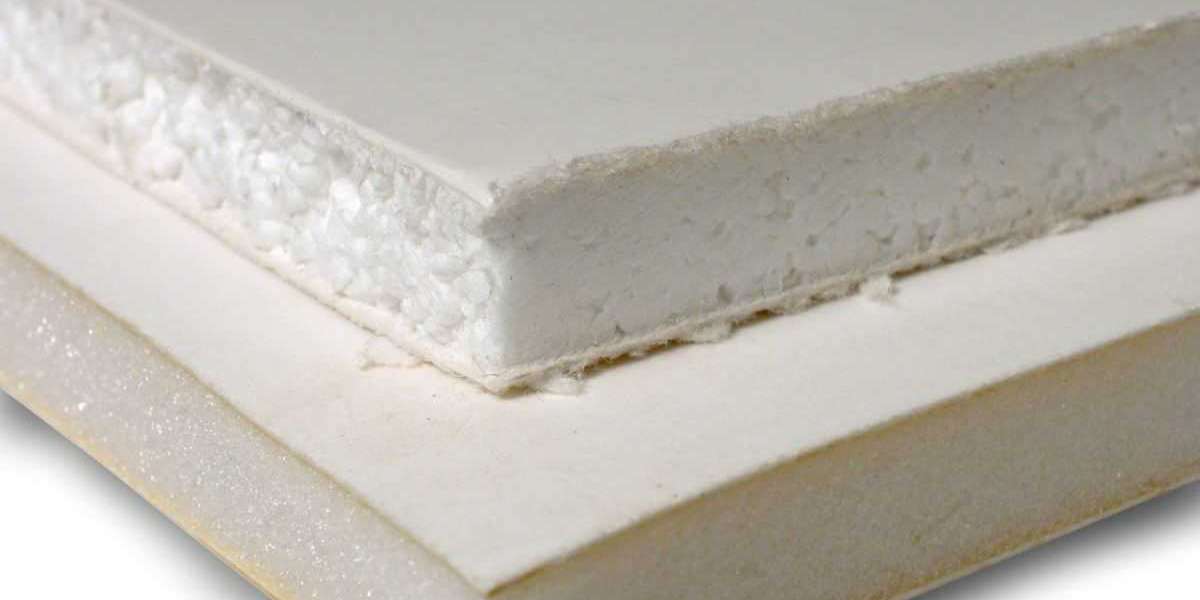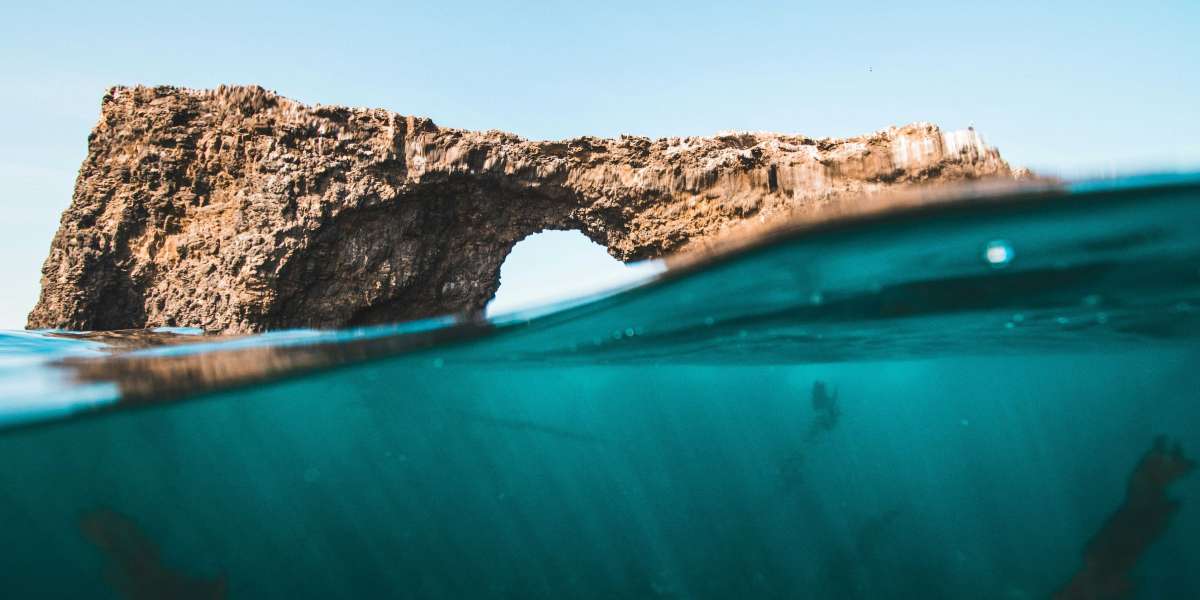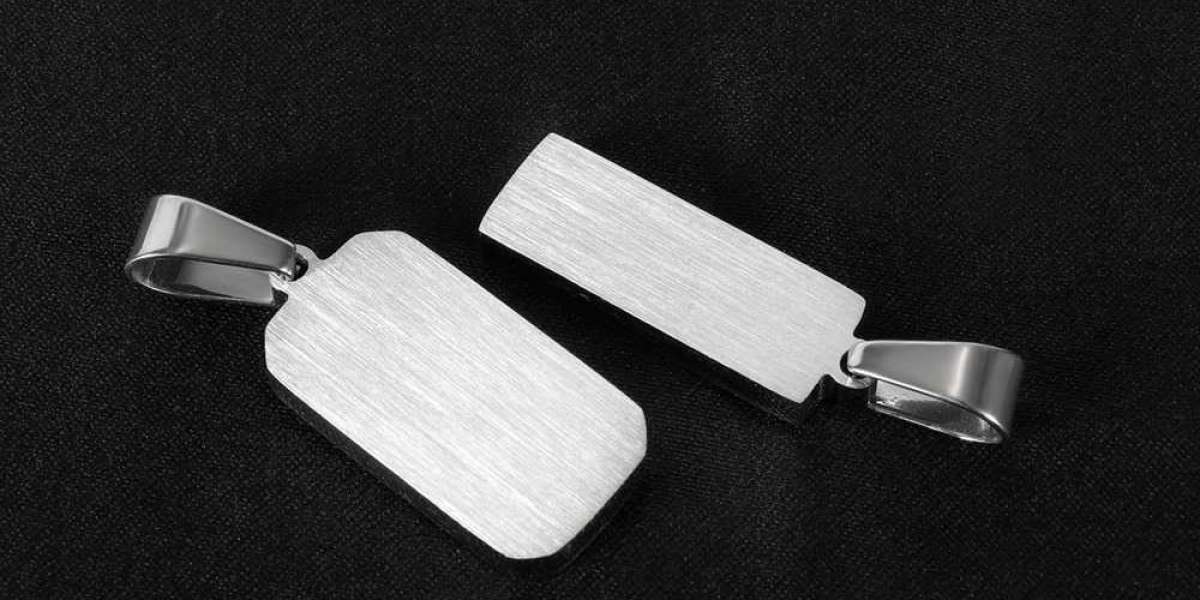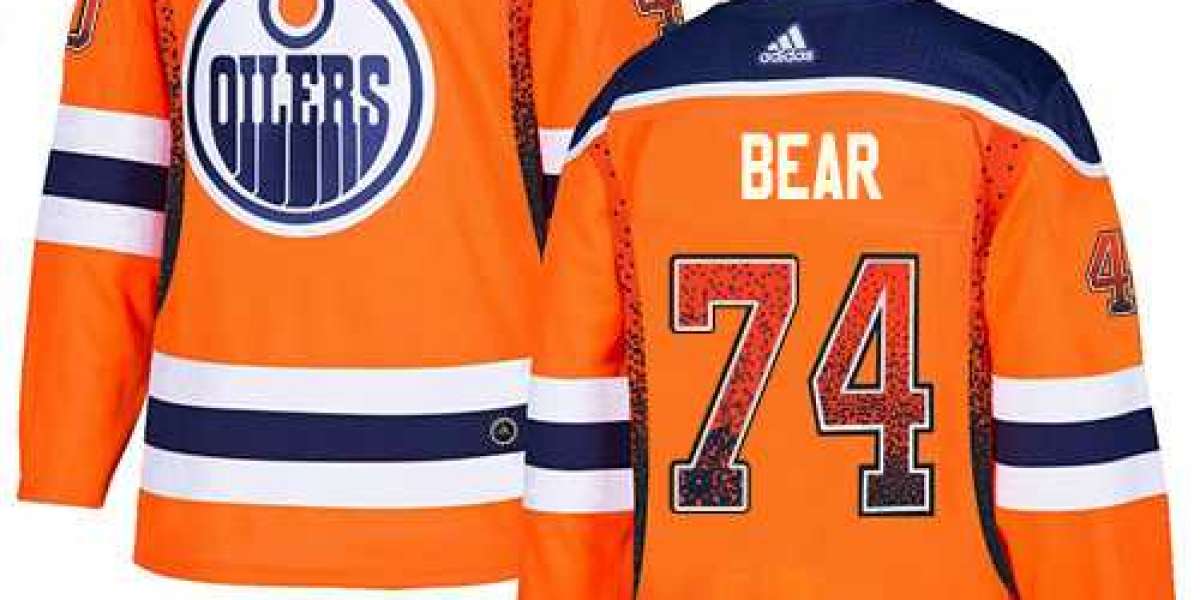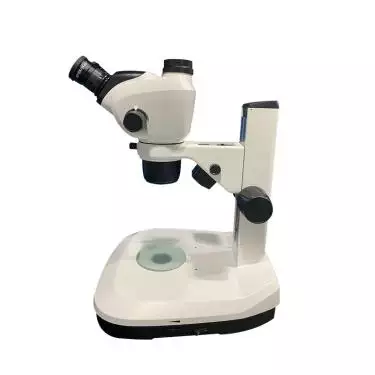When it comes to choosing a foam board for your creative, commercial, or architectural project, the decision can be tricky. Among the most commonly used foam boards are Fomecor and Gatorboard. While both may seem similar at first glance, they serve very different purposes and excel in different environments.
This article explores the characteristics, advantages, disadvantages, and ideal use cases of Fomecor and Gatorboard, helping you make an informed decision based on your specific needs.
What is Fomecor?
Fomecor, also known as foam core, is a lightweight and economical foam board. It consists of a polystyrene foam center sandwiched between two sheets of white clay-coated paper. It's widely used in the printing and graphic design industry for temporary displays, photo mounting, and presentations.
Key Features of Fomecor:
Lightweight and easy to handle
Smooth surface suitable for printing
Can be cut easily with a utility knife
Available in various thicknesses (commonly 3/16” or 1/2”)
Pros of Fomecor:
Cost-effective: One of the most affordable options in foam boards
Great for indoor use: Performs well in controlled indoor environments
Perfect for short-term projects: Ideal for temporary signs and presentations
Excellent printability: Works well with UV, screen, and digital printing
Cons of Fomecor:
Not moisture-resistant: Susceptible to warping and degradation in humid conditions
Fragile: Can dent or crush easily with minimal pressure
Limited durability: Not suitable for long-term or heavy-use applications
What is Gatorboard?
Gatorboard, or Gatorfoam, is a more rigid and durable foam board. It features a polystyrene foam core like Fomecor, but instead of paper, it is faced with resin-impregnated wood fiber veneer (similar to a thin sheet of hardboard). This makes it significantly stronger and more durable.
Key Features of Gatorboard:
Highly durable and impact-resistant
Rigid and warp-resistant
Moisture-resistant (to a degree)
Available in black or white finishes and various thicknesses
Pros of Gatorboard:
Superior strength: Does not dent easily, even under pressure
Moisture and temperature resistance: Suitable for challenging environments
Long-lasting: Excellent for permanent displays or mounting artwork
Professional look: High-end surface finish suitable for galleries or trade shows
Cons of Gatorboard:
More expensive: Costs significantly more than Fomecor
Harder to cut: Requires saws or specialized tools to achieve clean edges
Heavier: Still lightweight, but denser than Fomecor
Overkill for simple projects: Might be too robust for short-term use
Side-by-Side Comparison
| Feature | Fomecor | Gatorboard |
|---|---|---|
| Core Material | Polystyrene | Polystyrene |
| Face Material | Clay-coated paper | Resin-impregnated wood veneer |
| Weight | Very lightweight | Lightweight but denser |
| Durability | Low | High |
| Cost | Budget-friendly | Premium pricing |
| Cutting Ease | Easy with knife | Needs special tools |
| Best For | Temporary indoor projects | Permanent displays, signage |
| Water Resistance | Very low | Moderate |
When to Use Fomecor
Fomecor is your go-to material when working with low-budget, short-term, or indoor-only projects. It’s perfect for:
School presentations and science fair boards
Temporary directional signage
Photo mounting (indoor use only)
Architectural models or prototypes
Disposable displays at trade shows or pop-ups
Because it’s easy to cut and very lightweight, Fomecor is a favorite among hobbyists, students, and graphic designers who need a quick and clean solution.
When to Use Gatorboard
Gatorboard shines in professional, long-term, or high-traffic situations. You’ll often find it used for:
Permanent signage (especially indoors)
Gallery-mounted photography or artwork
Trade show displays that are reused frequently
Custom framing backings
Projects exposed to moisture or frequent handling
Its rigidity and resilience make it ideal for displays that must endure transportation, installation, and wear over time.
Common Misconceptions
"Both are the same foam board."
While they share a similar foam core, their outer layers make all the difference. Paper vs. wood veneer is a huge factor in strength and use case.
"Gatorboard is waterproof."
Not exactly. It’s more resistant to moisture than Fomecor, but it’s not fully waterproof. Prolonged exposure to water can still damage it.
"Fomecor is bad quality."
Fomecor isn’t poor in quality—it’s simply not built for rugged use. It's the right tool for the right job, especially for short-term applications.
Tips for Working with Foam Boards
Use a sharp utility knife for cutting Fomecor and a table saw or rotary cutter for Gatorboard
Store both boards flat and in a dry area to avoid warping
Mount prints using spray adhesive or double-sided tape for clean results
Use edge protectors if transporting foam boards to prevent damage
Conclusion: Which One Is Right for You?
The choice between Fomecor vs. Gatorboard depends entirely on your project’s needs.
Choose Fomecor if your project is short-term, indoors, and cost-sensitive. It’s a great balance of usability and price.
Choose Gatorboard when you need durability, professional aesthetics, and long-lasting results, even if it means spending more and putting in extra effort for cutting or handling.
Ultimately, understanding the strengths and limitations of each material allows you to pick the most appropriate option—saving you time, money, and frustration.
Have you worked with Fomecor or Gatorboard before? Share your experience or questions in the comments below!
Let me know if you want this article translated into Urdu or need it tailored for a specific industry like photography, retail, or event management!
